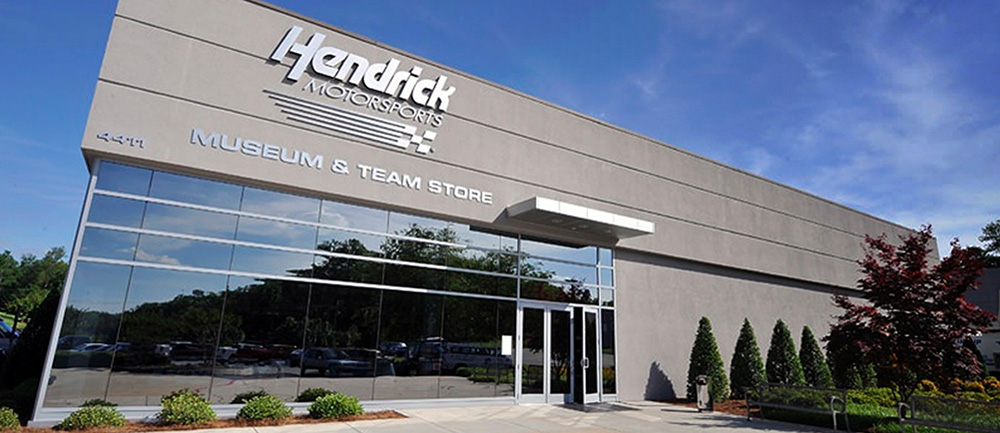
CONCORD, N.C. – A weekend off after a Hendrick Motorsports win is just what the four drivers needed heading into this weekend’s race at the “paperclip.”
There are quite a few factors that come into play at a track like Martinsville Speedway but perhaps the biggest factor is braking.
But just what goes into making sure the Hendrick Motorsports drivers have the best braking systems available?
Take a look below at 10 things you need to know about our brakes.
1) There are four different styles of braking systems the cars will use throughout the course of the year, based on the various types of tracks: short-track, road course, speedway, and intermediate.
2) In any given Hendrick Motorsports braking system, there are between 20 and 25 parts.
3) The major components of each braking system include four calipers, four rotors, four sets of brake pads and two master cylinders.
4) Using the brakes while running at such high speeds can create a lot of heat. While live on track, the rotors can reach temperatures of up to 1,800 degrees Fahrenheit. Once the cars exit the track and make their way back to the garage, they cool down to around 1,250 degrees Fahrenheit.

5) Rich Gutierrez, the brake specialist in the Nos. 48 and 88 shop, said that brakes don’t win the race for a driver but they can lose it for him.
6) On every style of car, the front brakes are always larger than the rear brakes.
7) Rotors are used only once and a fresh set is put on for each new race.
8) The key to short-track racing is brake cooling. The cars have screened holes on the front bumper that allow air in through a tube that reaches the brakes to keep them at a manageable temperature.
9) Gutierrez said that Martinsville is all about brake management. In order to last 500 laps (250 miles), drivers must be able to take care of their brakes so they last the full race.
10) During a short-track race, drivers use their brakes hard twice a lap: entering Turns 1 and 3. That means that at a track like Martinsville Speedway, the braking systems need to be able to make about 1,000 consistent stops, not including pit stops.







